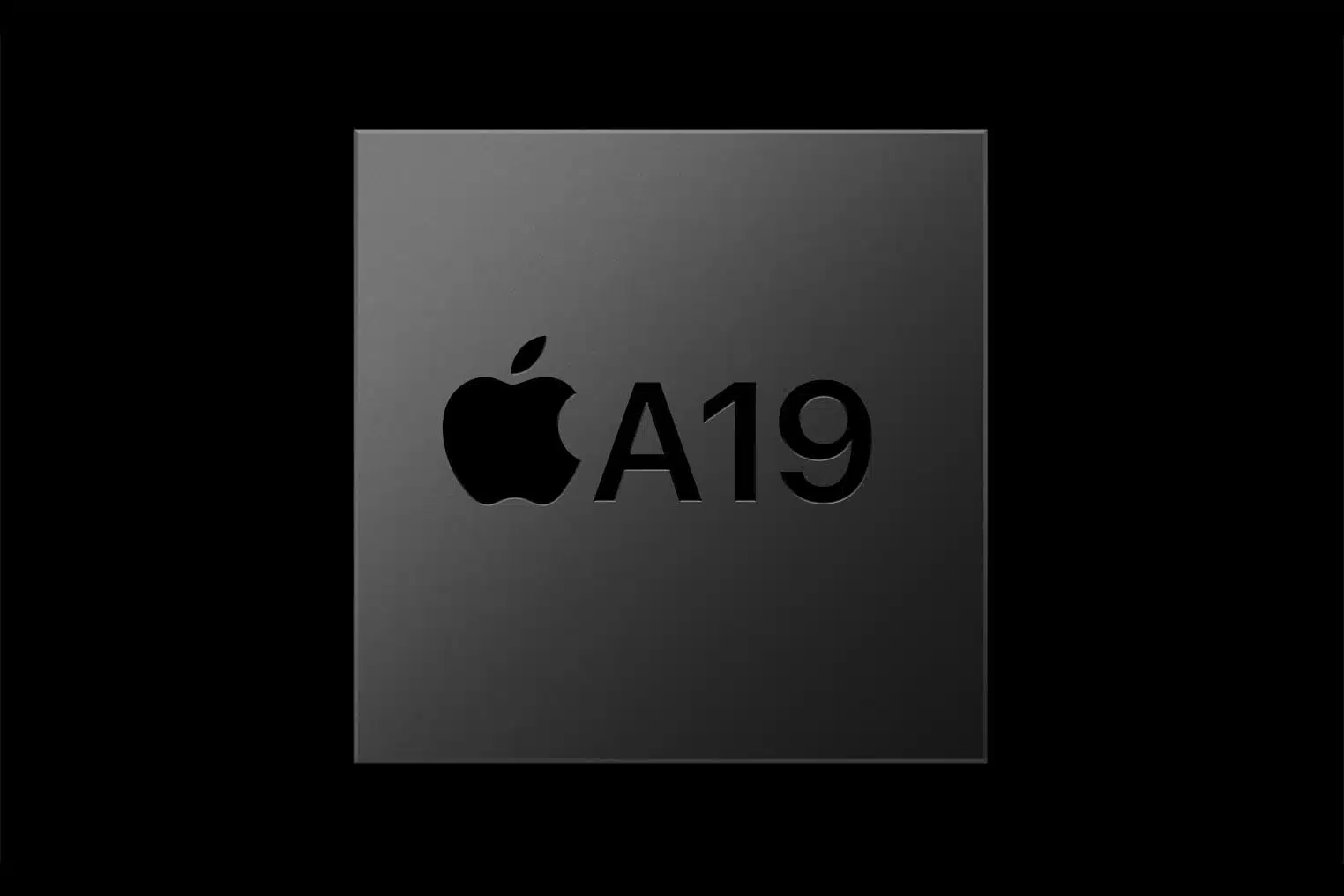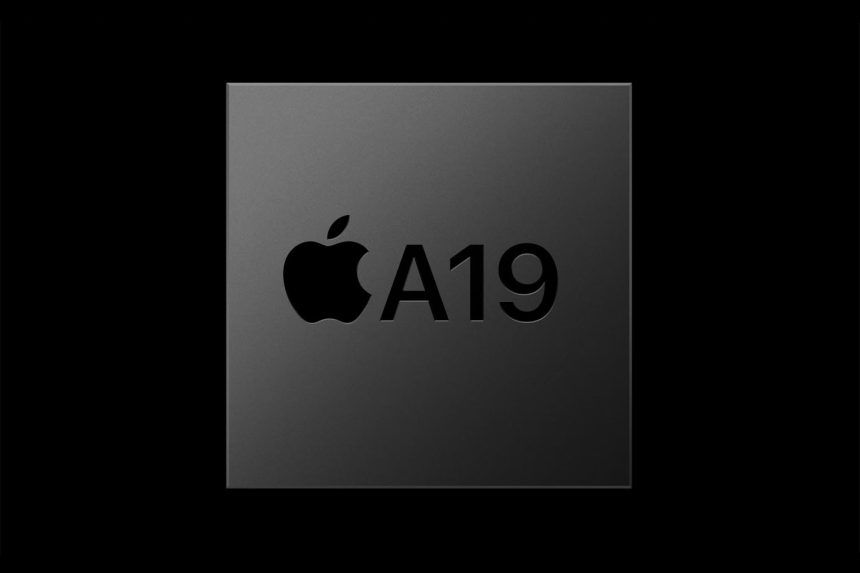Apple’s next-generation mobile processor, the A19, is poised to compete with Qualcomm’s yet-to-launch Snapdragon 8 Elite 2. But instead of racing for the top benchmark scores, Apple appears to be taking a different route—one that prioritizes power efficiency and battery life.
Matching Speed, Prioritizing Efficiency
A well-known leaker recently suggested that the A19’s performance could be on par with Qualcomm’s most powerful chip. Thanks to higher instructions per cycle (IPC) and more efficient design, Apple may be closing the gap. However, the company seems less concerned with leading in speed tests and more focused on overall user experience.

Industry sources say Apple is sticking to its proven PPA (Power, Performance, Area) strategy. This approach balances raw processing speed with energy use and chip size. Instead of draining power to boost performance, Apple aims to deliver consistent speed while helping iPhones last longer on a single charge.
The Bigger Picture Behind Chip Design
In the tech world, speed often dominates headlines. But a chip’s true value lies in more than just how fast it runs. For Apple, features like AI processing, battery life, and thermal control are just as important—if not more.
The A19’s potential isn’t just about keeping up with Android’s best. It’s about staying cool, running smart, and supporting tasks like photo enhancements and on-device AI. Apple knows that real-world use matters more than lab tests.
Lightweight Phones, Smarter Batteries
Rumors also suggest that the iPhone 17 Air could include a smaller, lightweight battery. To support this, Apple may use advanced silicon battery tech or even reintroduce the battery case accessory. These changes hint that Apple sees battery innovation as the next big leap.












